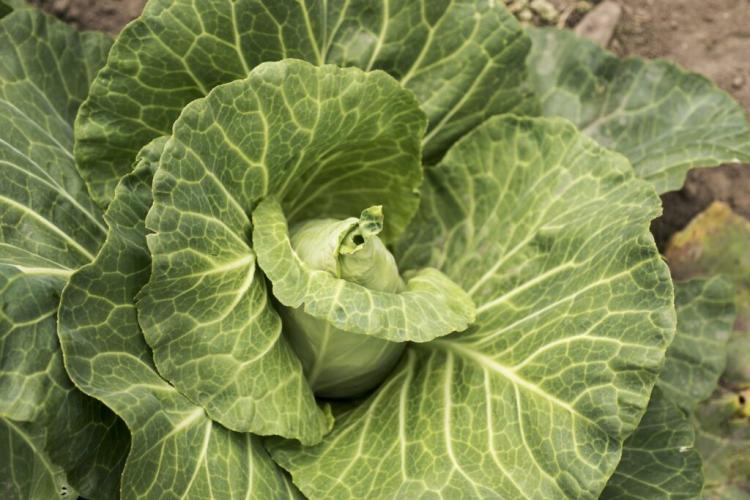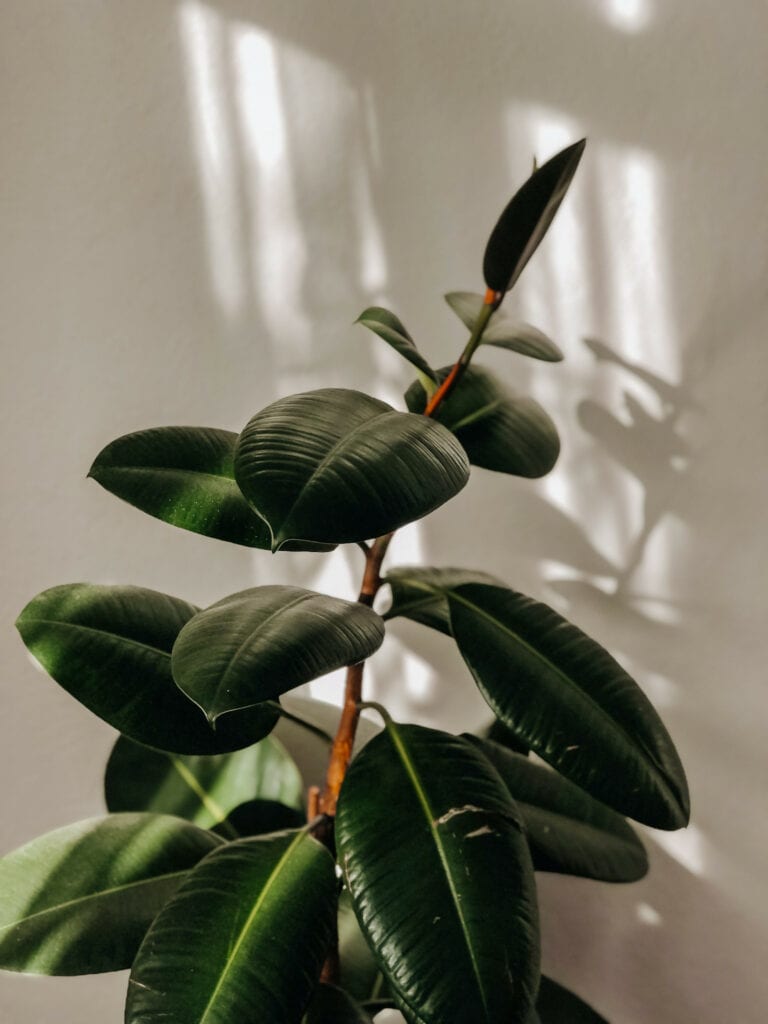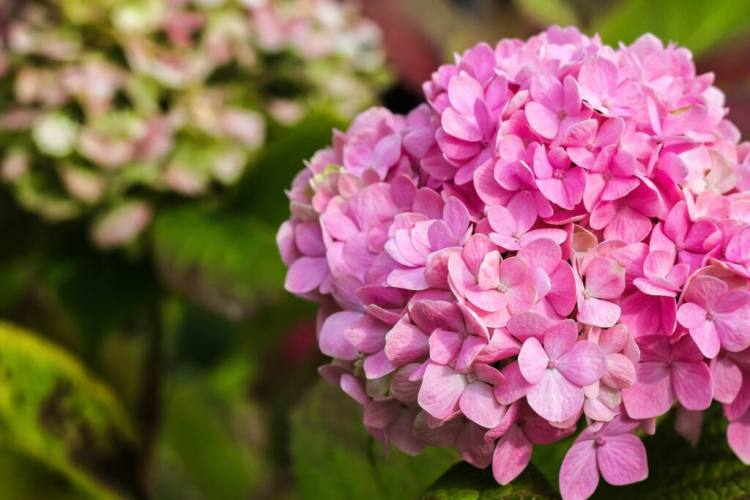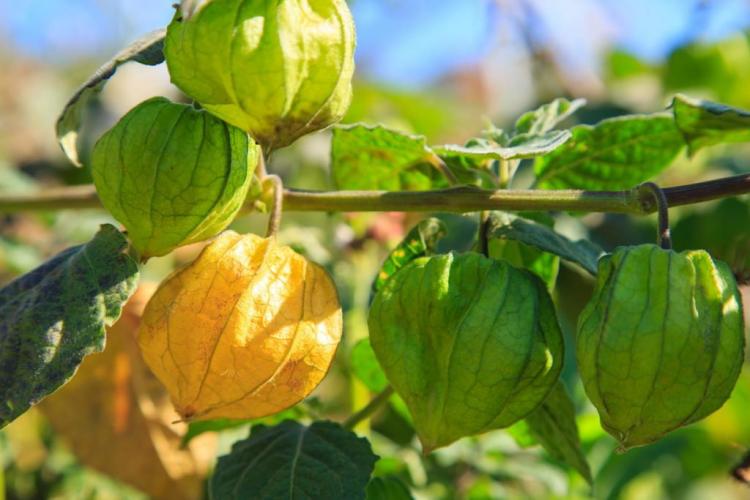Hibernating Lemon Tree: Location And Care In Winter
To overwinter a lemon tree, the right location and care are particularly important. We show how your citrus tree survives frost and cold temperatures in winter. Lemon trees (Citrus x Limon ) are simply not made for cold winters and frost. They need the warmth of southern climes. But what to do with the citrus tree when the cold is coming and winter is coming? You have to create the feel-good climate yourself – in the form of suitable winter quarters.
First, you will find a small overview with the most important points for wintering the lemon tree at a glance.
How is the lemon tree properly overwintered?
- Leave in the open air until October or November, allow for night frosts
- Winter frost-free at 5 – 10 ° C
- Bright winter quarters with windows or LED lighting
- No fertilizer, little water
- Put it outside again from March / April, but leave it in if it is frosty
- In spring, slowly accustom the tree to direct sunlight
Below you will find more detailed information on how to overwinter your lemon tree and what to look out for.
Our lemon trees hardy and when should you bring them inside?
Table of Contents
The lemon tree is a warmth-loving plant. Nevertheless, it can withstand cooler temperatures and it only becomes dangerous when there is frost. The first damage to leaves and young shoots occurs from -2 ° C. You should still leave the tree outside as long as possible. Depending on the region, from mid-May to October or into November when the first frosts occur. The lemon tree must be in a place protected from the wind.
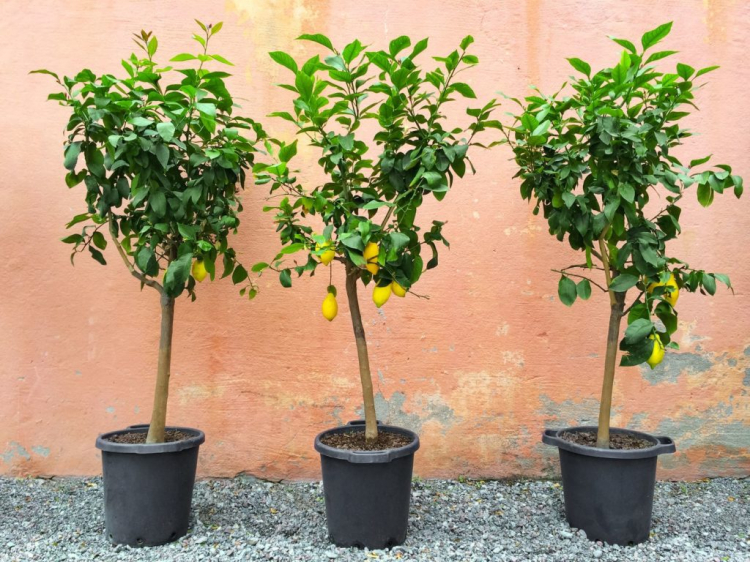
To be on the safe side, keep an eye on the weather report and bring the lemon tree inside when night frosts are imminent. In addition, it depends on the right winter quarters and the right care during the wintering of the tree.
In contrast to lemon trees without fruit, you can also give a dose of liquid fertilizer. When the lemons have finally been harvested, it is important to put the sapling in cool winter storage for at least 4 months. This serves as a resting phase for the tree and ensures that new flowers can form later. If you want to speed up fruiting over the next year, make sure the lemon tree gets as much sun as possible in the warmer months. Incidentally, setting up outdoors is a basic requirement for harvesting lemons.
Ideal location for wintering a lemon tree
What do the perfect winter quarters for lemon trees look like? The main criteria here are: cool and bright. Temperatures between 5 and 10 ° C are optimal. It can also be a bit cooler, but absolutely frost-free. Unfortunately, this means that a garden is no longer a place for wintering. At best, the winter quarters have a window as a light source. If you do not have the luxury of a cool and bright place to offer, you can also use LED plant lighting. Suitable places are cool winter gardens, greenhouses, unheated hallways, cellars, or garages. The following rule applies here: the darker the place, the cooler it has to be.
In winter, the temperature should be adapted to the light conditions. If the lemon trees are placed brightly but too cold, the leaves still have enough light for photosynthesis, but the roots almost completely stop their activity at 12.5 ° C. As a result, the tree can no longer adequately supply the leaves and subsequently sheds them. Then there is a winter leaf fall.
Once you have found a suitable place, you should leave the lemon tree there all winter. Changing over would only cause unnecessary stress for the plant. Rather, lemon trees prefer to have their permanent location.
Hibernate lemon tree in the living room
Bright and cool places for wintering are often in short supply. But that doesn’t have to stop you from owning a lemon tree. Wintering in a warm place is not ideal, but it is definitely possible. Sufficient light is very important in warm conditions. However, the normal daylight that makes it into our apartment in winter is not enough. It is, therefore, better to use a plant lamp. With this, you can significantly increase the light intensity that reaches the leaves of the tree in winter. You should illuminate the plant for at least six hours every day.
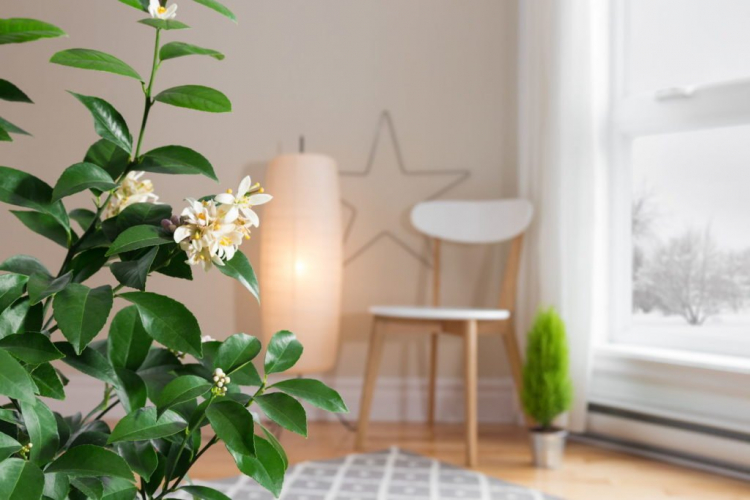
Maintain lemon tree in winter
During the winter, you should visit your citrus tree regularly and check it for pests – these particularly like to settle in winter quarters. The plant is particularly susceptible to scale insects ( Coccoidea ), mainly when the air is too warm or too dry. The lemon tree does not need fertilizer throughout the cold season. You should also water sparingly, as the lemon tree consumes little water while it is in hibernation.
Care tip for leaf loss: In spring, the lemon tree threatens to lose its leaves if they are already warming up due to the incoming sun, but the root ball is still cool. Then you should take the plant out of direct light or position it so that the pot can also heat up. Otherwise, the rule applies that the plant should not be moved or rotated in winter quarters.
When can the lemon tree go outside again?
Move your tree outside as early as possible in March or April, when the first warm days appear. On very cold nights, however, you should bring him back inside. Please keep in mind, however, that the leaves of the tree are not used to direct sun after a long time in the winter quarters. So at the beginning choose a place without direct sunlight.
You might so like:

